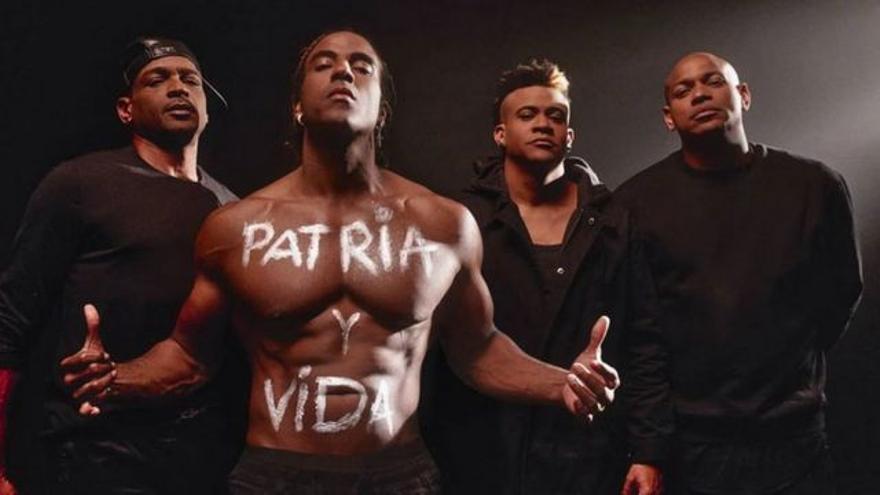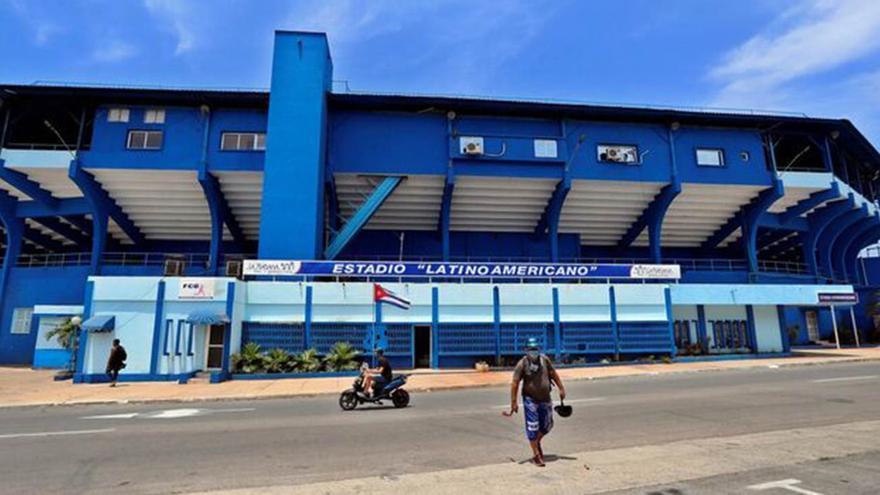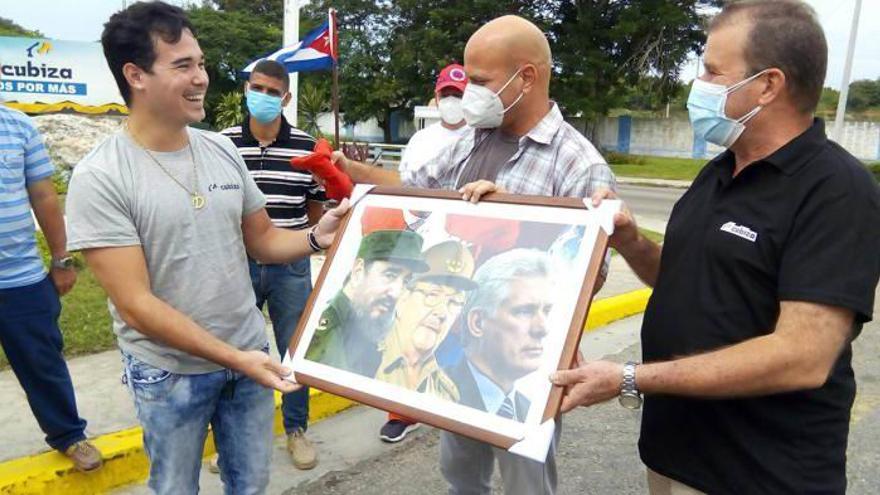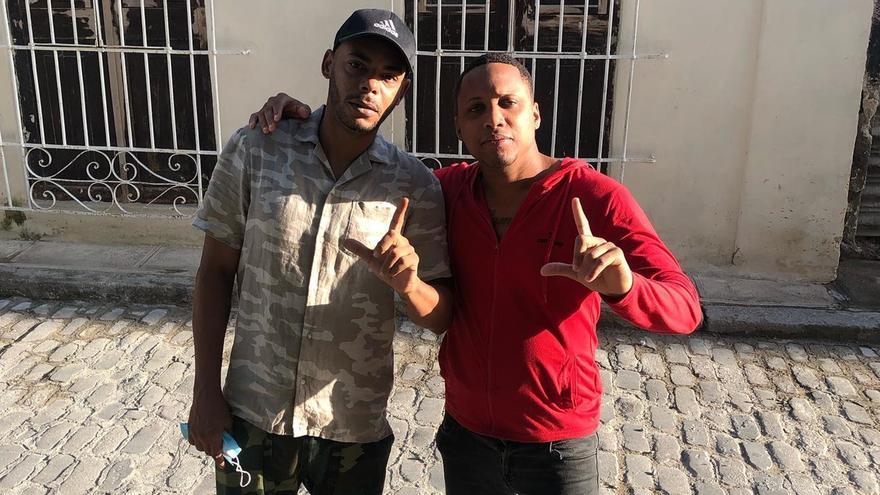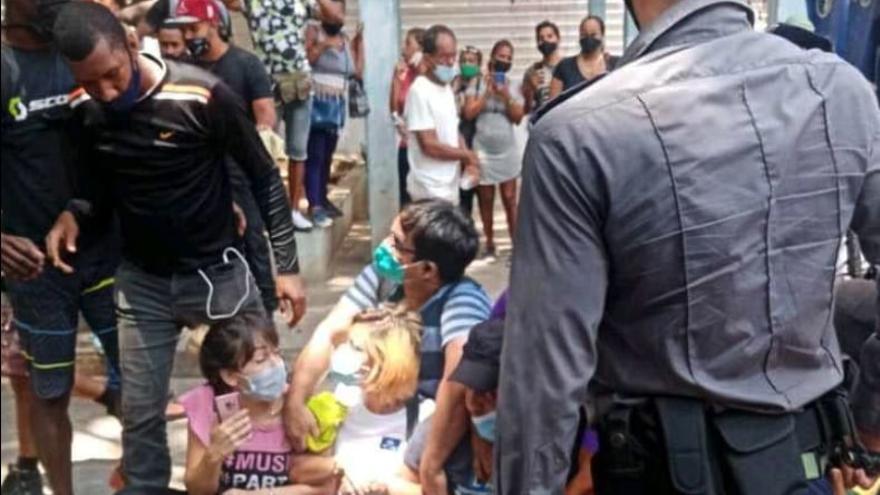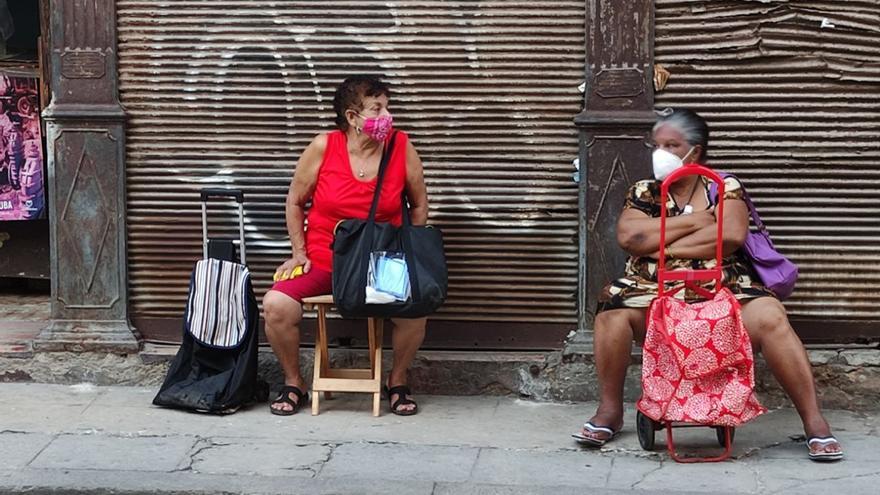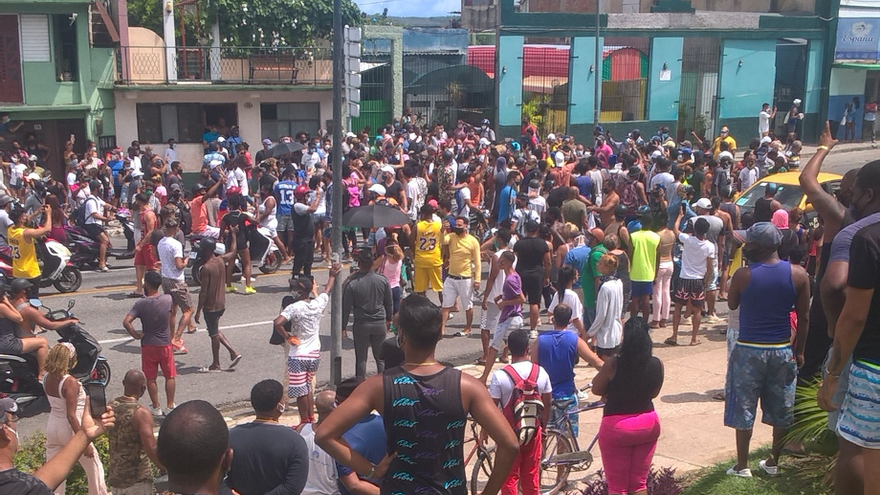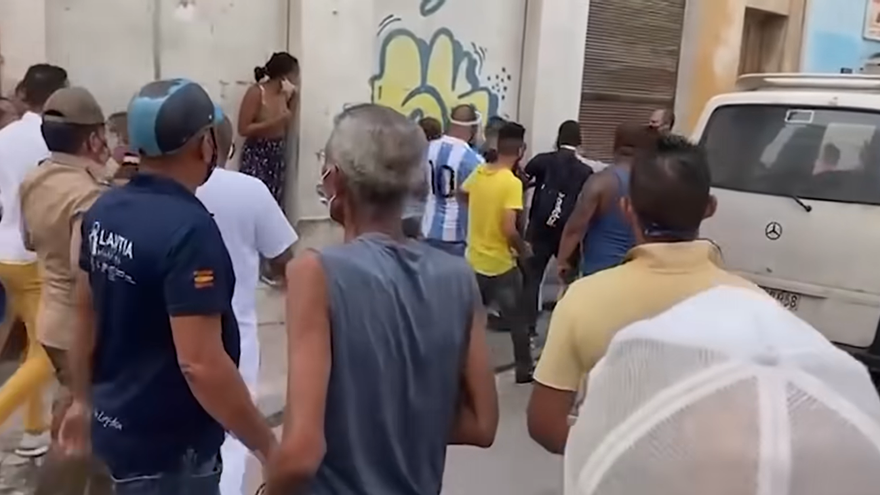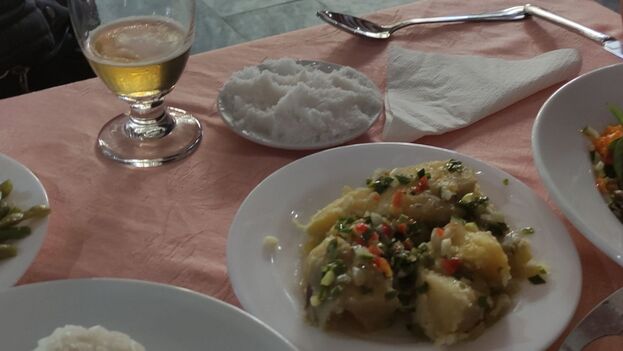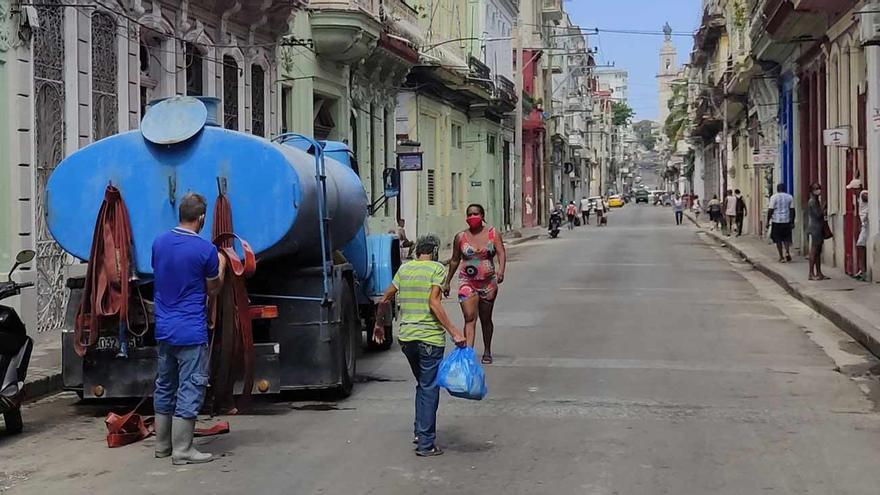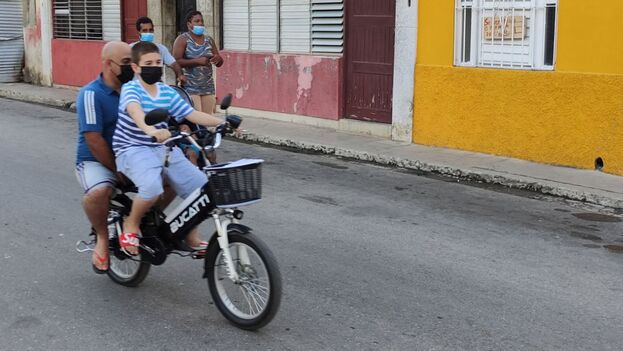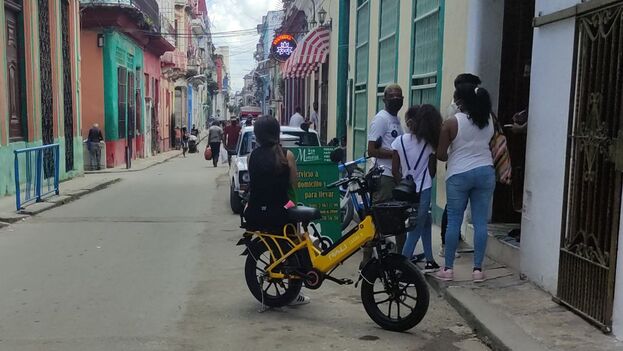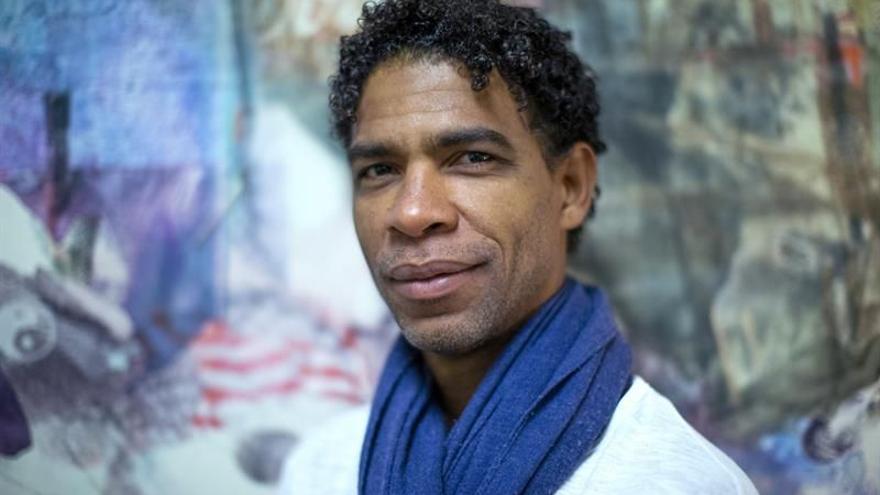
![]() Europa Press (14ymedio), Madrid, 21 October 2021 — The dancer Carlos Acosta, who will return to the Teatro Real this coming October 22, 23 and 24 with his company Acosta Danza, has stated that the Cuban people “need to heal,” urging a “conciliatory dialogue” between society and the authorities of the Island.
Europa Press (14ymedio), Madrid, 21 October 2021 — The dancer Carlos Acosta, who will return to the Teatro Real this coming October 22, 23 and 24 with his company Acosta Danza, has stated that the Cuban people “need to heal,” urging a “conciliatory dialogue” between society and the authorities of the Island.
“We are all waiting for a conciliatory dialogue and the Cuban people need to heal. I hope we can agree as a country, where we are going to go, as soon as possible, because there are many people in the middle who are waiting for it and are suffering a lot,” the dancer said when asked about the protests and arrests in Cuba last June.
Founded in Havana in 2015 with the aim of showing the world the new artistic talent of Cuba, through a program that combines classical, contemporary dance and Cuban rhythms, Acosta Danza has the collaboration of the Cuban Government. “This project is only feasible with financial support, there are very few independent projects there,” acknowledged the dancer, who also has a close relationship with Spain. continue reading
“I have been regular in my visits since I made my debut here at the Albéniz Theater: I have been with Tamara Rojo, also at the Real, at the Reina Sofía in Valencia, I have done Swan Lake …”, he pointed out, to then highlight his collaboration with Icíar Bollaín in the film — Yuli: The Return of the Prodigal Son — inspired by his autobiography.
“It took me ten years to write it and then it took another ten years to shoot it. It was very hard and traumatic, I wrote that book to heal but I found myself living my past. Still, I have met Paul Laverty and Bollaín, who is a teacher in film themes,” the dancer said.
Acosta, who was the first dancer at the Royal Ballet in London, has been called a “workaholic”. “I have prepared all my life in dance, always trying to learn and evolve. It gives me great joy and now I consider myself responsible for the evolution of my artists,” he said.
In fact, Acosta Danza is a project to bring together the best dancers in Cuba, making them known on international stages. In Madrid, the scheduled show will be divided into several performances, always “trying to search for Cuban roots and join them with the modern: from the folkloric to the conceptual.”
Evolution will open the evening with the choreography of Raúl Reinoso, Satori. In Zen Buddhism this word refers to spiritual enlightenment; Carlos Acosta will take on the interpretation of Mermaid, the creation of the Belgian Sidi Larbi Cherkaoui for the company, on music by Woojae Park and Erik Satie.
In it, contemporary dance embraces the classical to tell the story of a mermaid, in which costumes and light are pointed out as fundamental references. Acosta will dance again in the second part of the program with the choreography Two, by Russel Maliphant.
With Paysage, soudain, la nuit, the Swedish choreographer Pontus Lidberg is inspired by traditional Cuban music through the rumba and its African roots; and closing the night is Twelve, by the Spanish Jorge Crecis, a dance-sport piece.
____________
COLLABORATE WITH OUR WORK: The 14ymedio team is committed to practicing serious journalism that reflects Cuba’s reality in all its depth. Thank you for joining us on this long journey. We invite you to continue supporting us by becoming a member of 14ymedio now. Together we can continue transforming journalism in Cuba.

